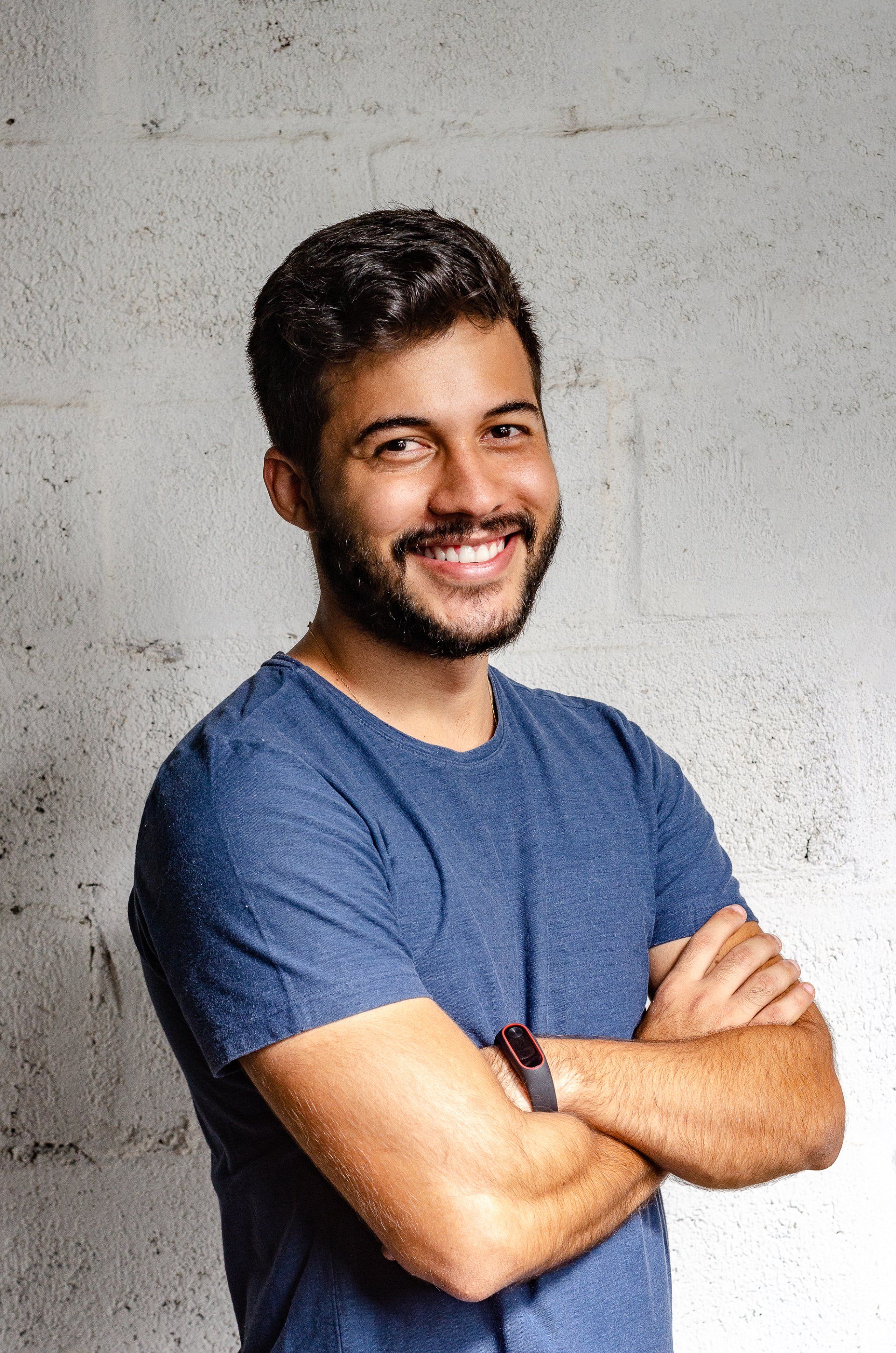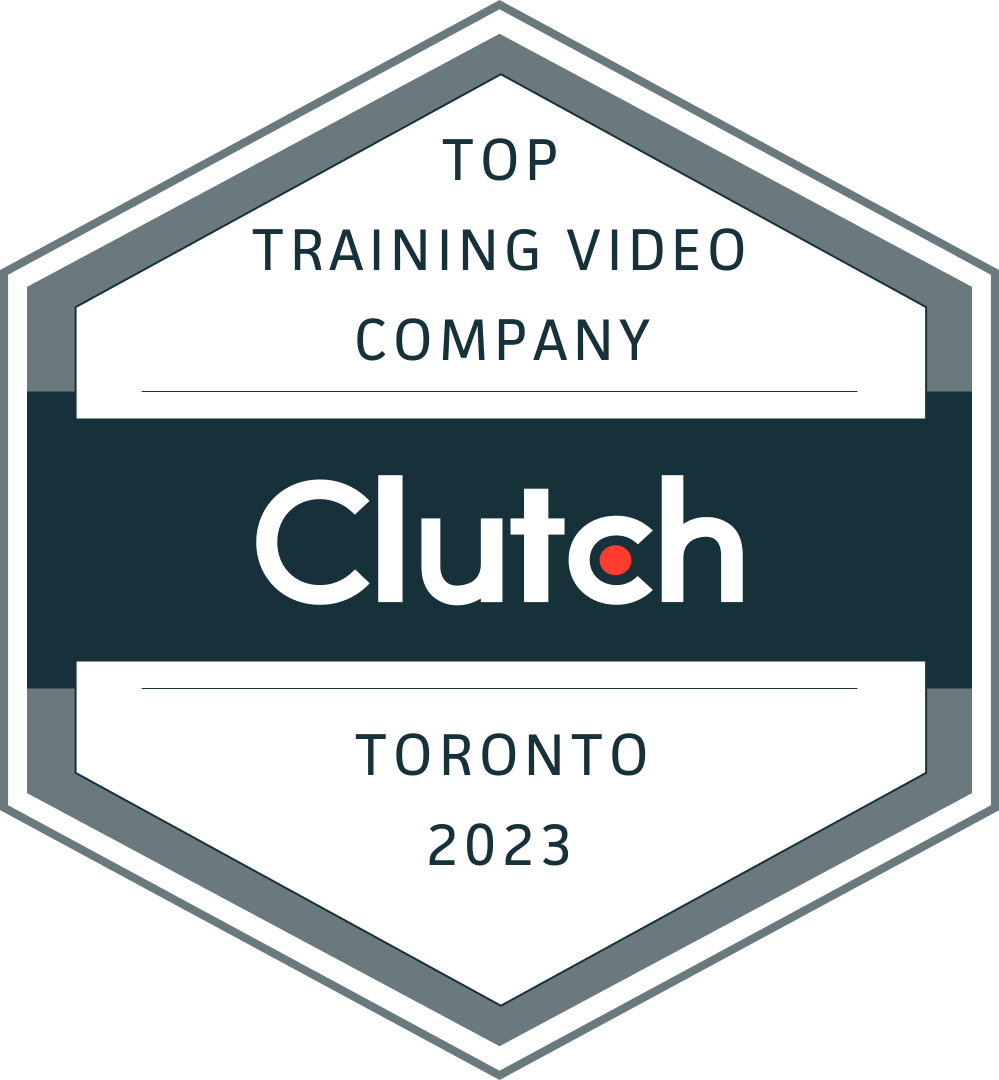We’ve spoken at length about how the persuasive power of good storytelling can propel a brand message more effectively than typical marketing and paid ads. The purpose of the story-based video is to showcase the person with the most compelling story, with emotion being the crux of the narrative. Today we’ll be taking a look at a story-based video that we produced for non-profit charity organization Ve’ahavta, where we really got to know about Barbara Berryman, one of Ve’ahavta’s many clients.
In it, Barbara shares with us her personal experience with homelessness, and how encountering Ve’ahavta was a life-changing moment for her. The full version of the video (which you can view on their site here ) was played at Ve’ahavta’s volunteer event, The Ve’ahavta Project , in which volunteers came together to prepare various supply and lunch kits for the people of Toronto who were experiencing homelessness.
The Process to creating a Story
When we proposed producing a story-centric video, we asked our contacts at Ve’ahavta if they knew anyone with an impressionable story to tell. In cases where that is still an unknown, we commonly help identify the ideal candidates by conducting phone interviews with potential “Hearts” of the story. This time, Ve’ahavta already had a story in mind with Barbara.
Beyond what we already knew about Barbara based on existing news coverage, we still conducted a preliminary interview with her well before any scripting or storyboarding. In this discovery interview, we asked questions to go beyond just knowing the events of the story, but also in order to get to the motivations and personal struggles associated with every event.
Ultimately, our goals for any story-based video are to uncover the following three factors of the subject:
- What is the desire of this individual?
- What makes this individual unique?
- What makes this individual complex?
Uncovering Motivations
What made Barbara’s story unique to many viewers was that she did not fit the “stereotype” of someone experiencing homelessness, which is something we were aware of from the beginning when her story was suggested to feature. Her starting words whenever the conversation comes up are that no one would suspect her of dealing with such hardships. She was dressed well and appeared lively – no one would suspect that at some point she had to resort to sleeping in her storage unit.
That much got people’s attention – what captured people’s emotion was the “why.” She didn’t want her family – her children, and grandchildren – to worry about her, and to this end, she admits having to lie to her own family about her situation. This provides the extra perspective not just on Barbara’s situation, but for all similar individuals going through similar circumstances. Getting to this moment is the emotional throughline of the video, with the conclusion being that the support provided by Ve’ahavta has helped get her on her feet.
The Process to Putting the Story Together
From the transcription and notes taken from the first single interview, we pulled the standout quotes and from it created two items: a list of keywords to guide our direction, and a general outline.
One interview can go from one to two hours. Everything spoken is transcribed and notated. Naturally, only a small fraction of what the subject says will make it into a video that only spans 3 to 7 minutes. We take the key soundbites, following the direction of the overarching keywords, and string them into a cohesive storyline. From that, we create a storyboard which lays out the visual elements to be associated which each story beat, be it a staged shot or general candid b-roll. The storyboard also informs how we want to word our interview prompts for the actual filming.
It is important to note that none of this constitutes a word-for-word script. We firmly believe in ensuring that the recorded interview is real and organic. However, this is the benefit of having the person who conducted the first discovery call to conduct the interview as well. We know the content we want to shoot before the camera is set to roll. During the interview, this allows us to prompt for certain direction by saying “I recall you mentioned this event or this feeling, can you share that with us again?” to guide the subject towards our storyline.
Ve’ahavta is a Jewish humanitarian organization dedicated to promoting positive change in the lives of people of all faiths and backgrounds who have been marginalized by poverty and hardship. Even now during the COVID-19 quarantine, their Mobile Outreach Van provides much-needed supplies and food to people who need it most in these times. Please consider donating here to their cause.
Ready to take a hand at making your own video content? Check out our extensive online course to become your own DIY video making expert. Prefer to let a professional team handle your video content? Contact us here to get started with Arc and Crown Media!
The post Story Spotlight – Ve’ahavta (Barbara’s Story) appeared first on Arc and Crown Media.








